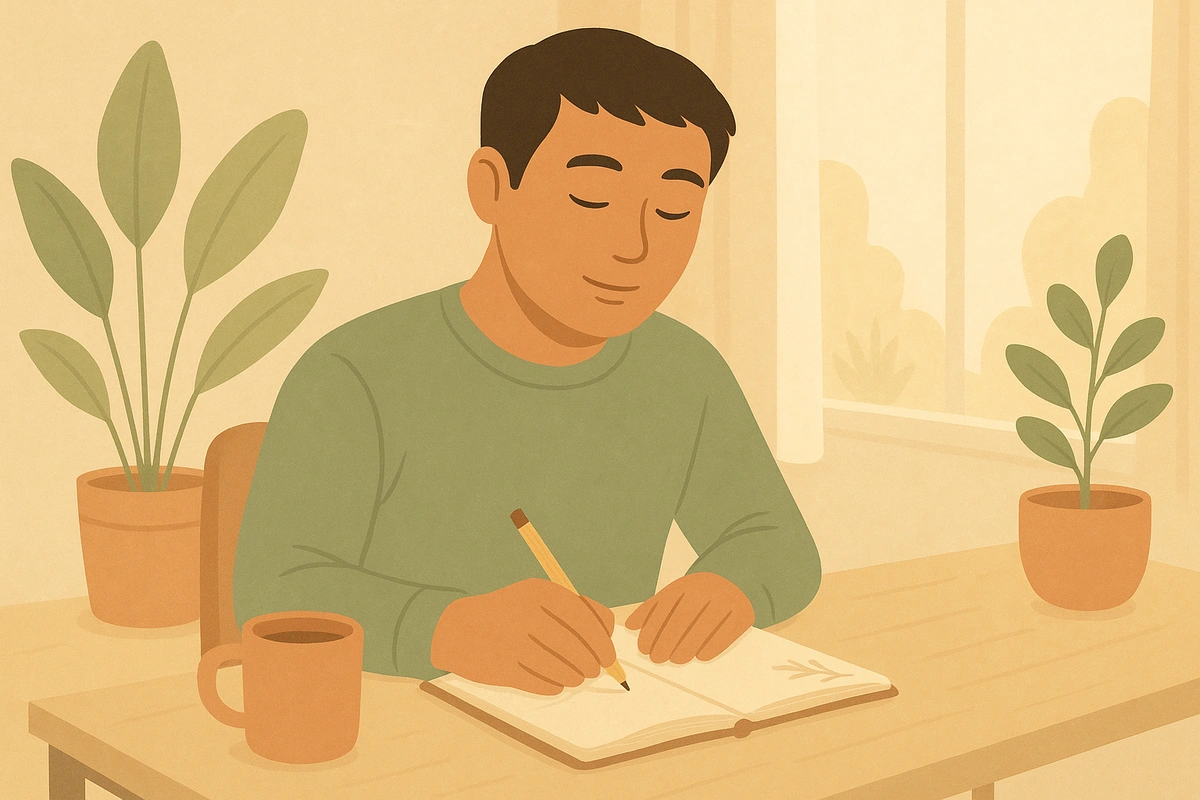
Create an anxiety action plan by finding your personal anxiety warning signs and mapping out specific coping strategies you can use right away when symptoms appear. This written guide gives you clear steps to follow when anxiety clouds your thinking and makes decisions hard.
Anxiety often feels random and too much because it takes over your thinking when you need clarity most. An action plan works like a fire escape route - you create it when you're calm so you know exactly what to do during an emergency. Having set steps removes guesswork and gives you quick direction when anxiety tries to take control.
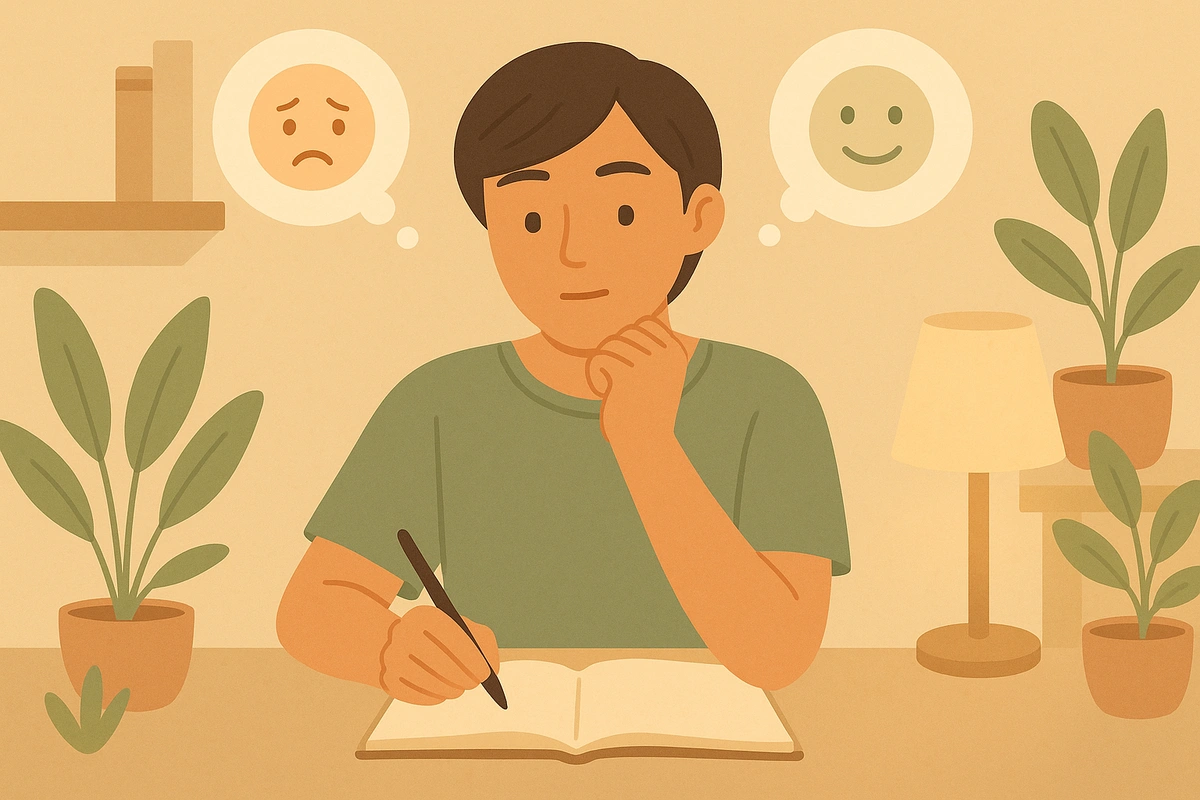
Practice reframing anxious predictions by catching scary thoughts about the future and questioning whether they're really likely to happen. This cognitive technique helps you develop more balanced thinking patterns that reduce anxiety and increase your sense of control over worrying situations.
Your brain naturally tries to protect you by imagining worst-case scenarios, but this safety system often goes too far and creates unnecessary anxiety. When you worry about future events, your mind tends to focus on everything that could go wrong while ignoring evidence that things might turn out fine. Reframing helps you step back from these anxious predictions and develop more realistic, balanced perspectives.
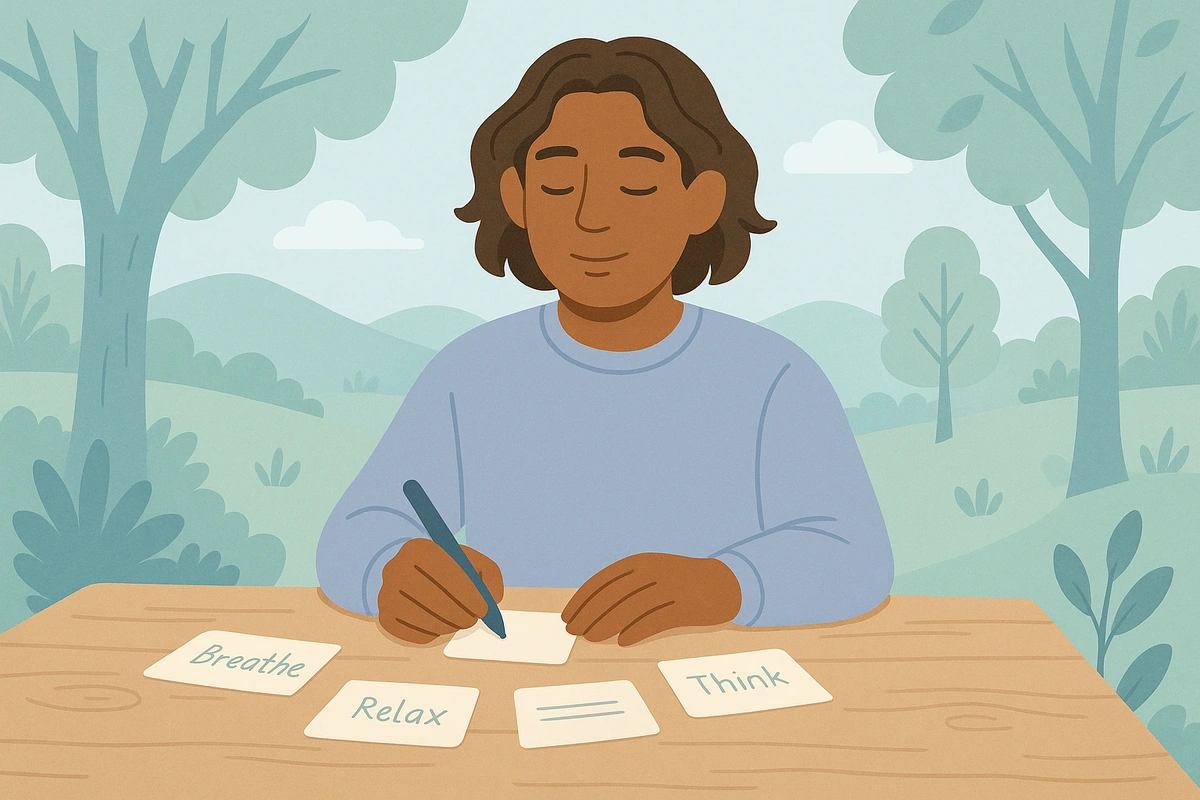
Create coping cards by writing your most effective anxiety and stress management techniques on small, portable cards you can carry anywhere. These quick reference tools give you immediate access to proven strategies when emotional distress makes it hard to remember what usually helps you feel better.
When anxiety or stress hits hard, your thinking brain often goes offline and you forget all the helpful techniques you know. Coping cards work like emergency instructions that bypass the need to remember complex strategies during crisis moments. Having these written reminders in your pocket, wallet, or phone means help is always within reach when you need it most.
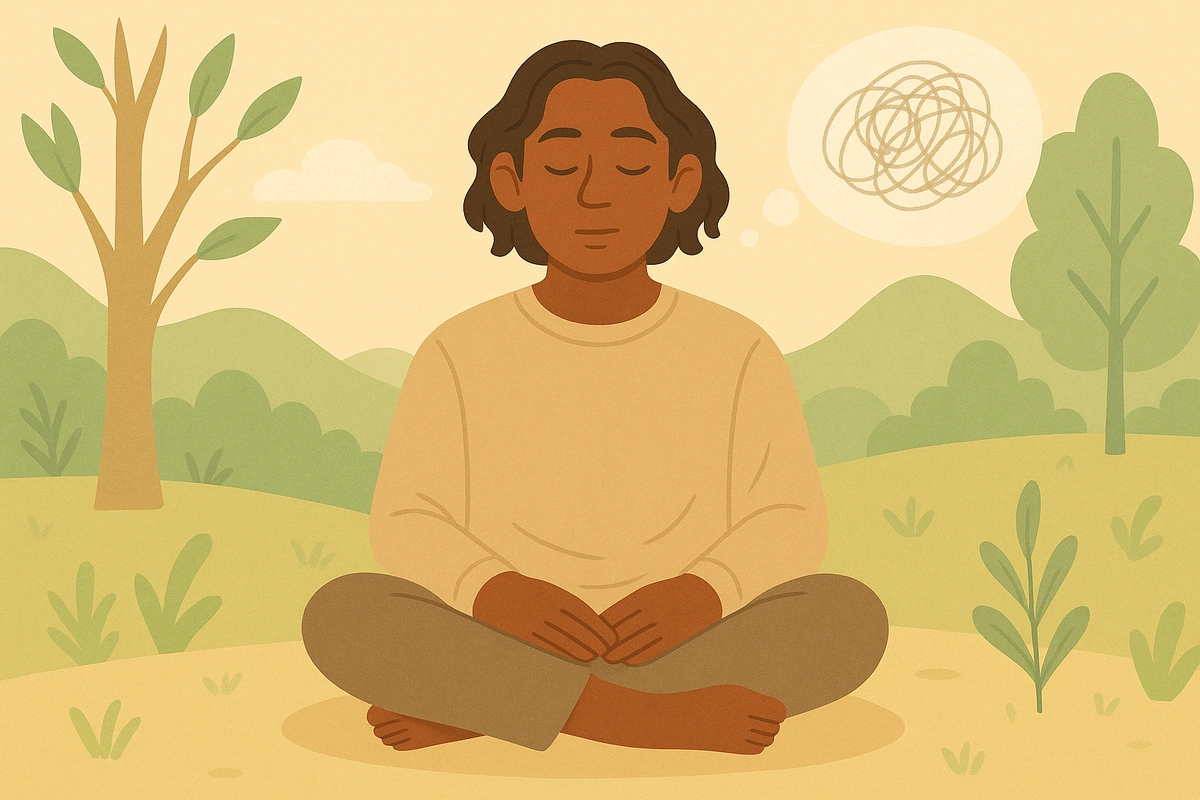
Practice recognizing that you are not your thoughts by observing your thinking patterns without getting caught up in their content. This mindfulness technique helps you develop a healthier relationship with your inner experiences by learning to watch thoughts come and go rather than believing everything your mind tells you.
Your mind generates thousands of thoughts each day, but you don't have to believe or act on every single one. When you're anxious, stressed, or overwhelmed, thoughts can feel incredibly real and urgent, pulling you into worry spirals or negative self-talk. Learning to step back and observe your thinking creates space between you and your thoughts, giving you freedom to choose how you respond.
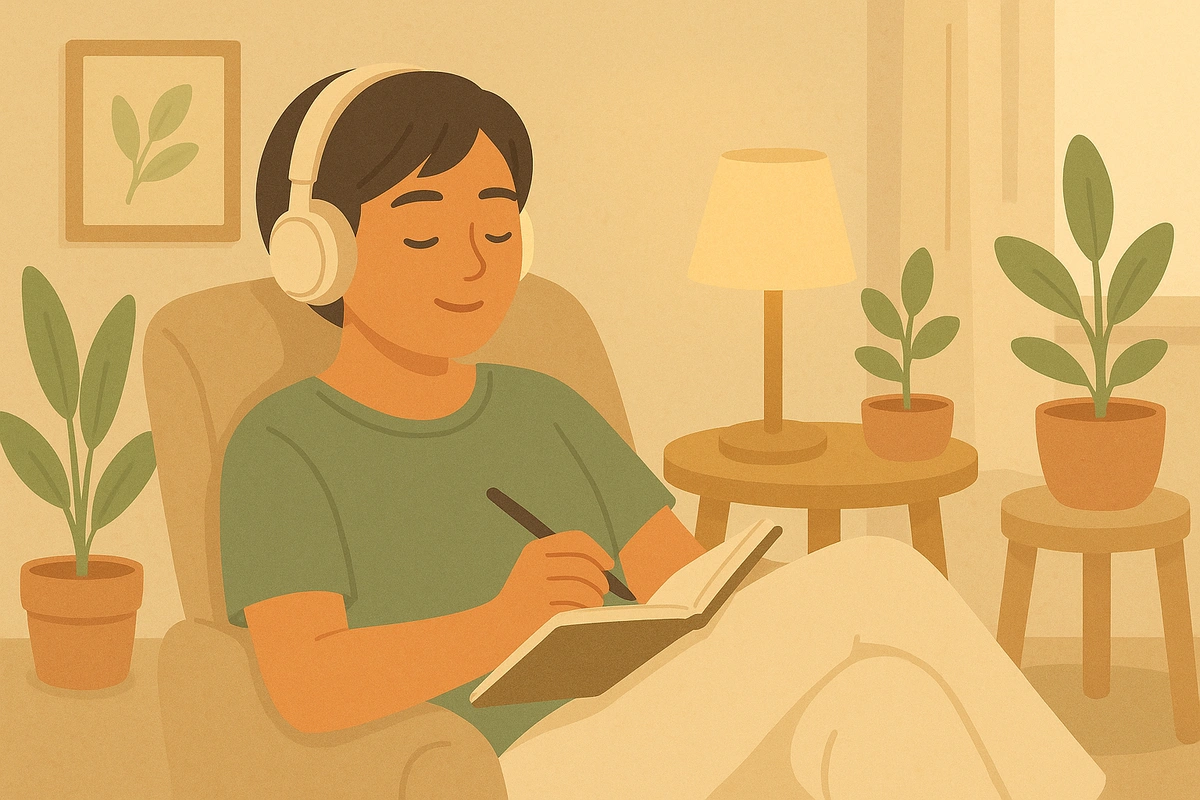
Creating a calming playlist involves carefully selecting music and sounds that promote relaxation and reduce stress. This proactive approach ensures you have an effective tool ready when anxiety strikes or you need to unwind.
Research shows that music around 60 beats per minute can cause the brain to synchronize with the beat causing alpha brainwaves, which are present when we feel relaxed and conscious. By building your playlist during calm periods, you develop a personalized resource that can quickly activate your body's relaxation response and help manage challenging emotions.
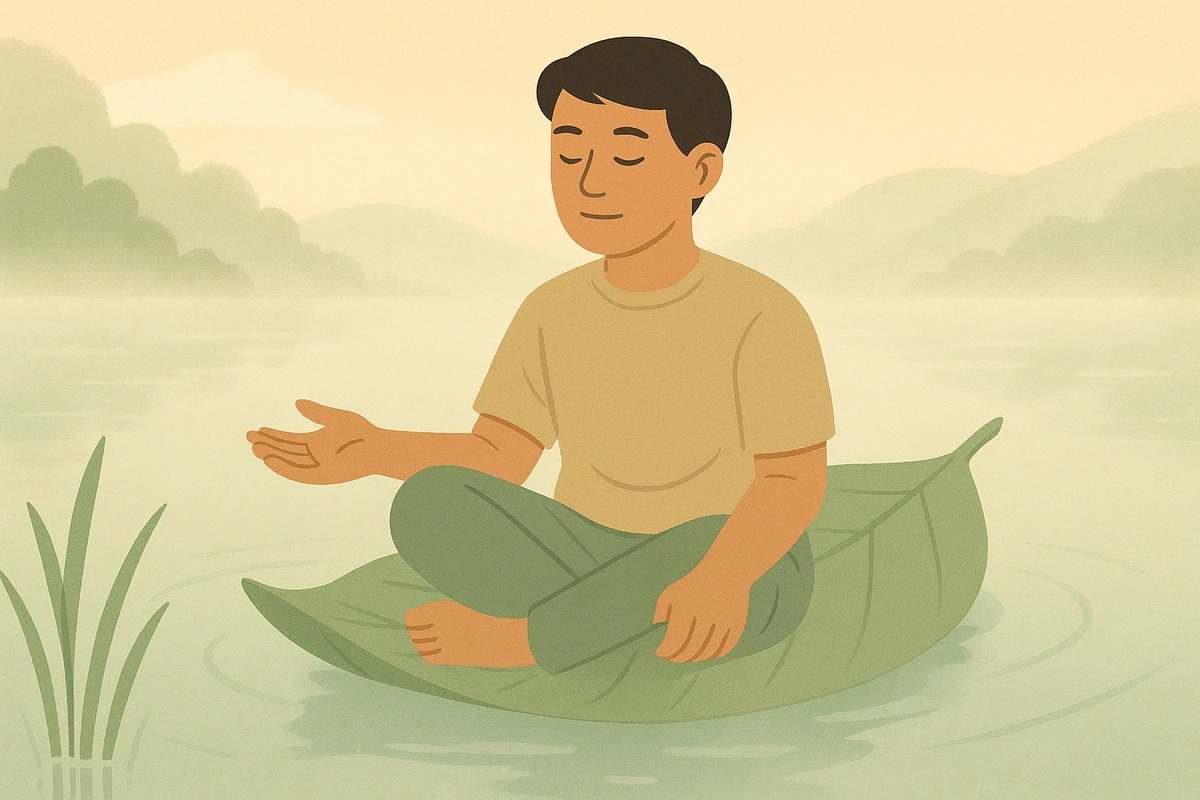
The willingness vs. control metaphor uses a powerful tug-of-war visualization to help you understand a fundamental principle of mental health. When we try to control or fight our difficult thoughts and emotions, we often become trapped in an exhausting struggle that increases our distress.
This practice teaches you to recognize the difference between willful resistance and willing acceptance. By learning to "drop the rope" in your internal tug-of-war, you discover that acceptance doesn't mean giving up—it means choosing psychological flexibility over rigid control. This shift allows you to respond to challenges from your values rather than your fears.
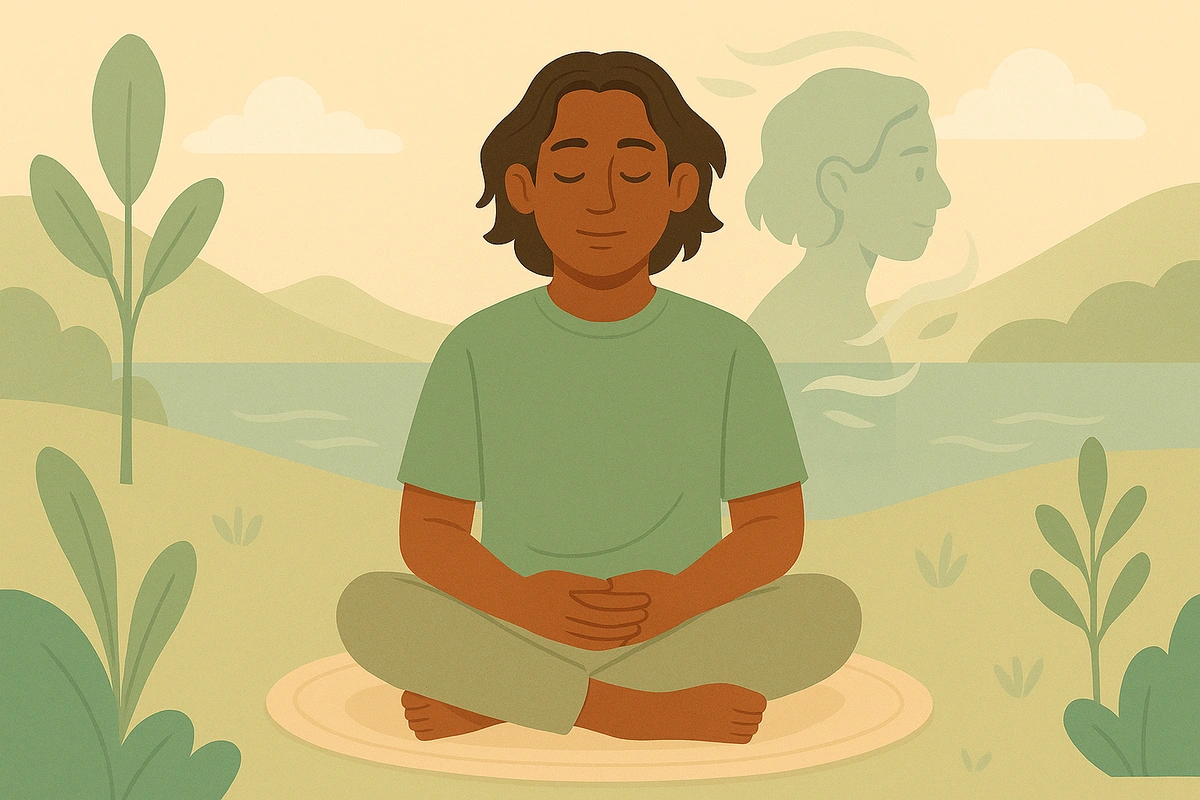
The Observer Self exercise teaches you to access a stable, unchanging part of yourself that can observe thoughts, feelings, and sensations without getting caught up in them. This practice draws from mindfulness traditions and acceptance-based therapies to help you develop what researchers call "meta-awareness"—the ability to be aware of your awareness.
When you're overwhelmed by anxiety, depression, or stress, you often become fused with these experiences, feeling like they define who you are. The Observer Self helps you recognize that you are not your thoughts or emotions—you are the awareness that observes them. This shift in perspective creates space between you and difficult experiences, allowing for clearer thinking and more skillful responses to life's challenges.
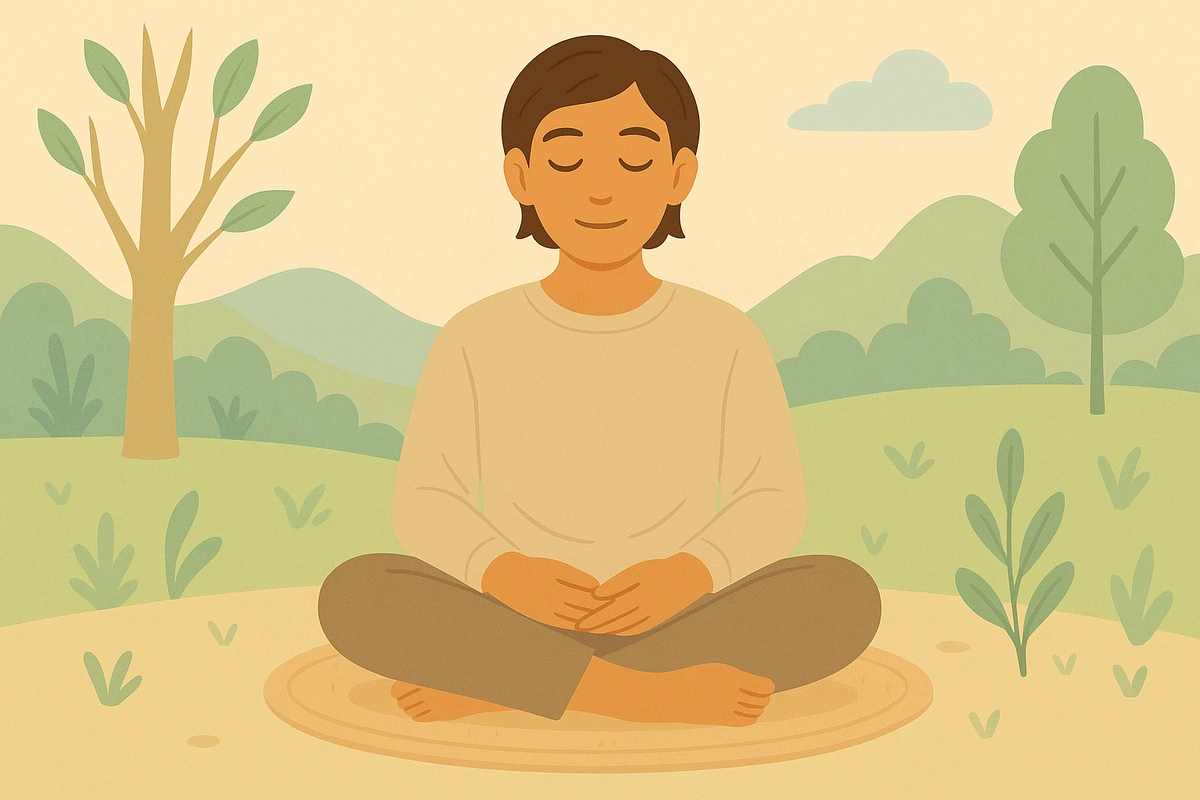
Radical acceptance is a core skill from dialectical behavior therapy that teaches you to fully embrace reality without approval or resistance. This doesn't mean you like what's happening—it means you stop fighting against facts you cannot change.
When you resist painful realities, you create additional suffering on top of the original pain. Radical acceptance helps break this cycle by teaching you to acknowledge difficult situations completely. This practice reduces the emotional intensity of challenging experiences and frees up mental energy for effective coping and problem-solving. By learning to accept what is, you can focus on responding skillfully rather than being trapped in endless struggle.
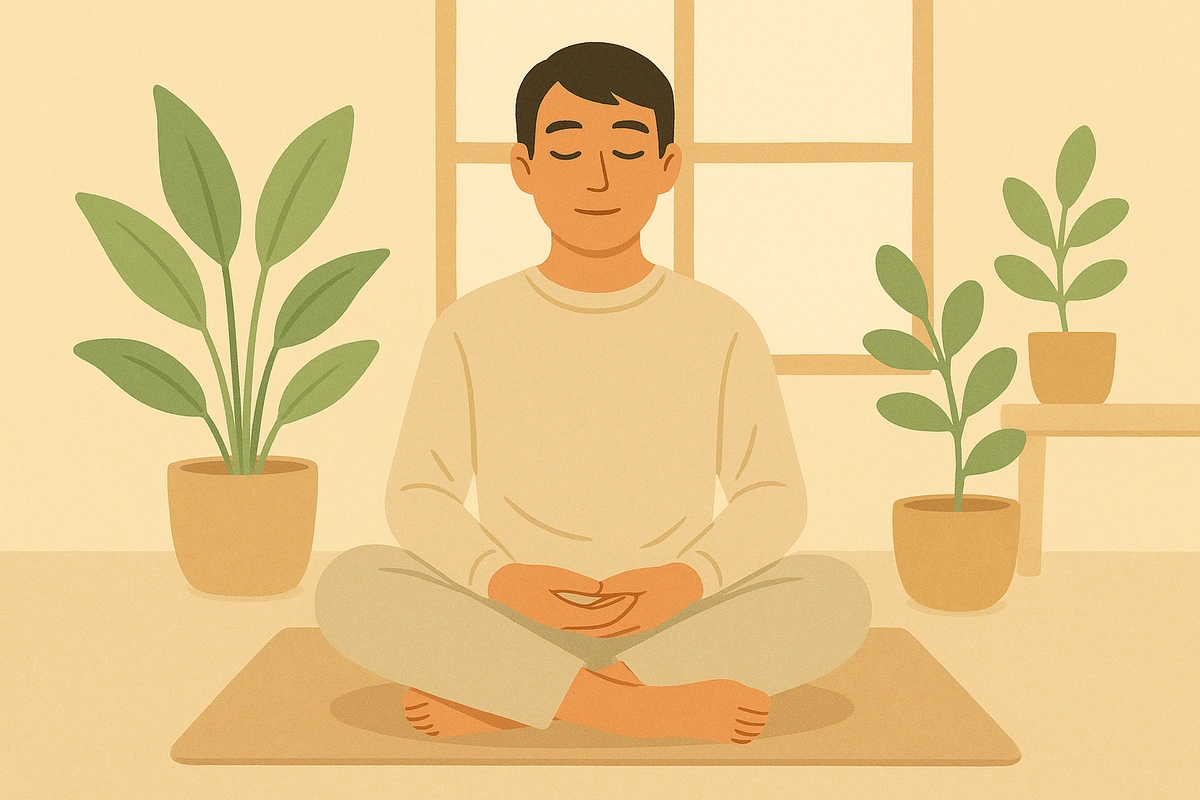
Noticing and naming body sensations involves systematically observing and clearly identifying physical sensations throughout your body, especially during moments of intense anxiety, panic, or disconnection. This mindfulness practice helps anchor your attention in the present moment while strengthening the crucial connection between mind and body.
This technique works particularly well because your body exists only in the present moment, making it a reliable anchor when your mind feels scattered. Research shows grounding techniques like body awareness help interrupt your body's stress response and return your brain to safety. Regular practice builds your capacity to recognize early warning signs of anxiety, allowing you to respond more skillfully before symptoms escalate.
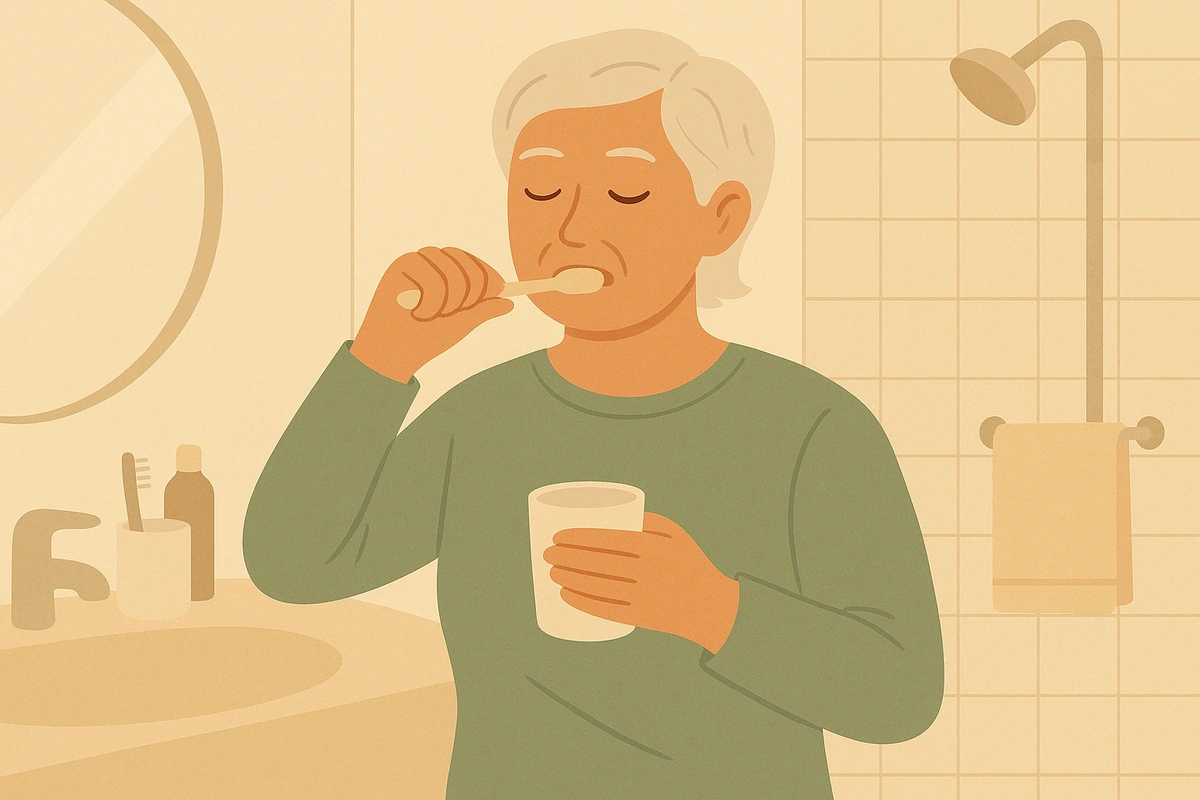
Mindful brushing or showering involves focusing fully on the sensory experiences during everyday hygiene activities, transforming routine self-care into opportunities for present-moment awareness. This practice grounds your attention in immediate physical sensations while reducing anxiety and enhancing emotional clarity.
This technique works particularly well because it uses activities you already do daily, making mindfulness accessible without adding time to your schedule. By engaging your senses during familiar routines, you create natural breaks from anxious thinking while building sustainable mindfulness habits. Research shows that brief, regular mindfulness practices integrated into daily life can significantly reduce stress and improve emotional regulation over time.